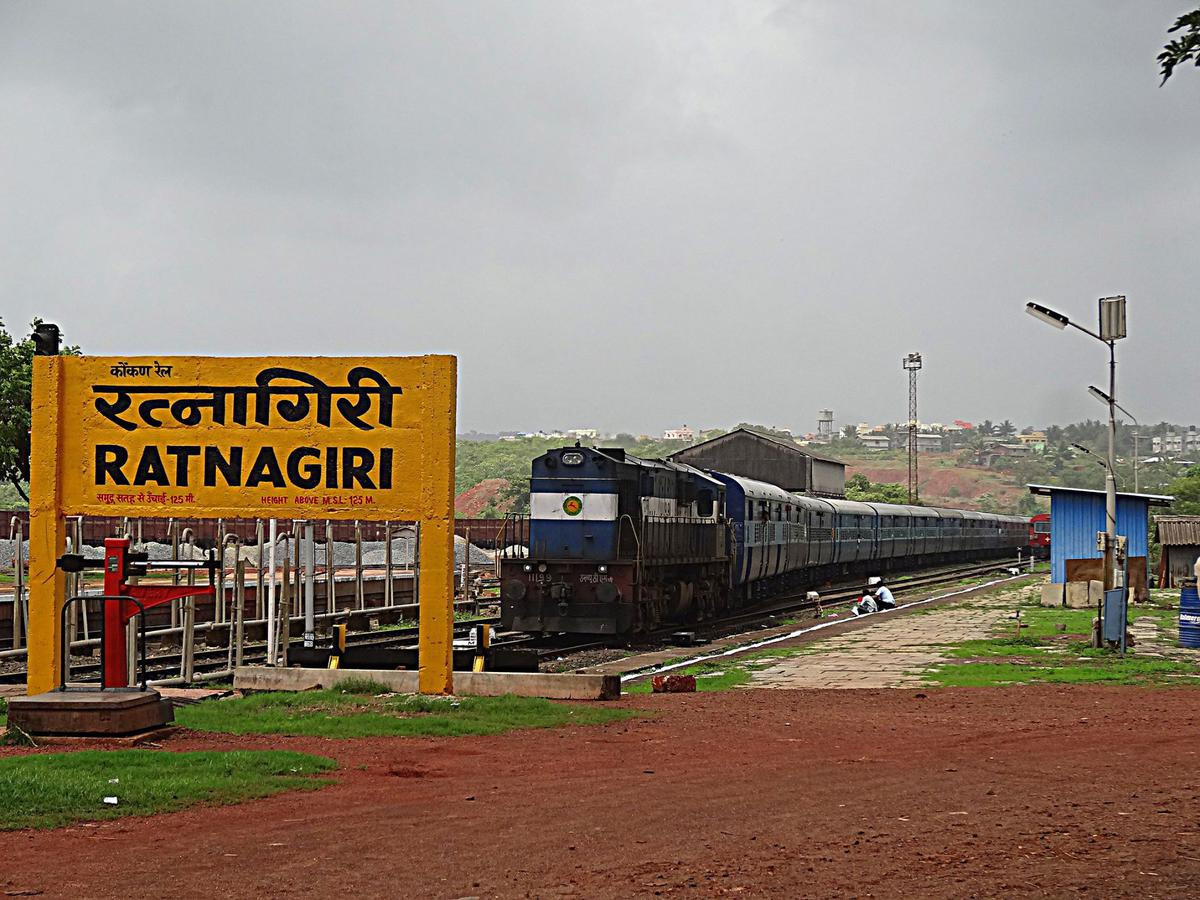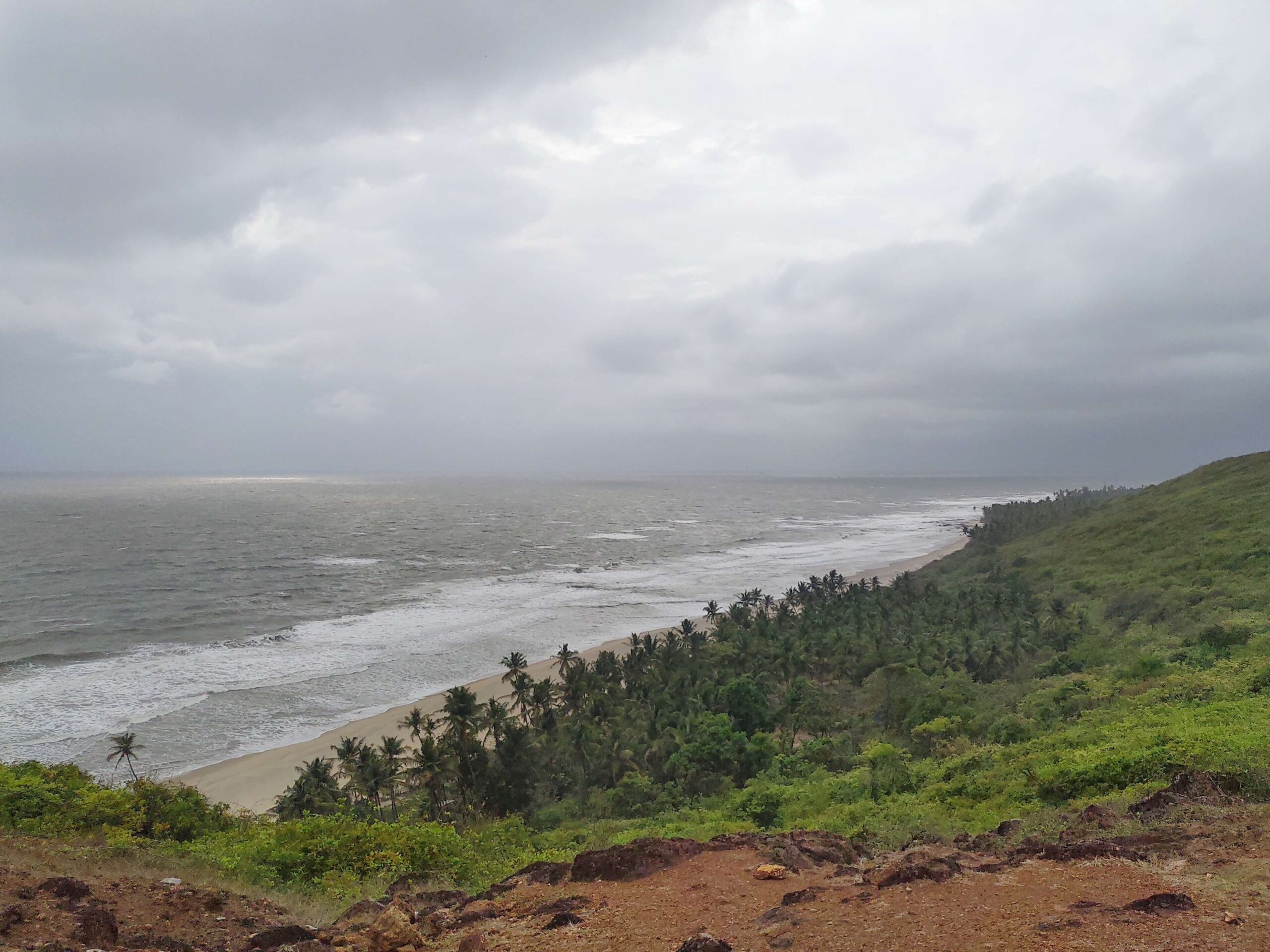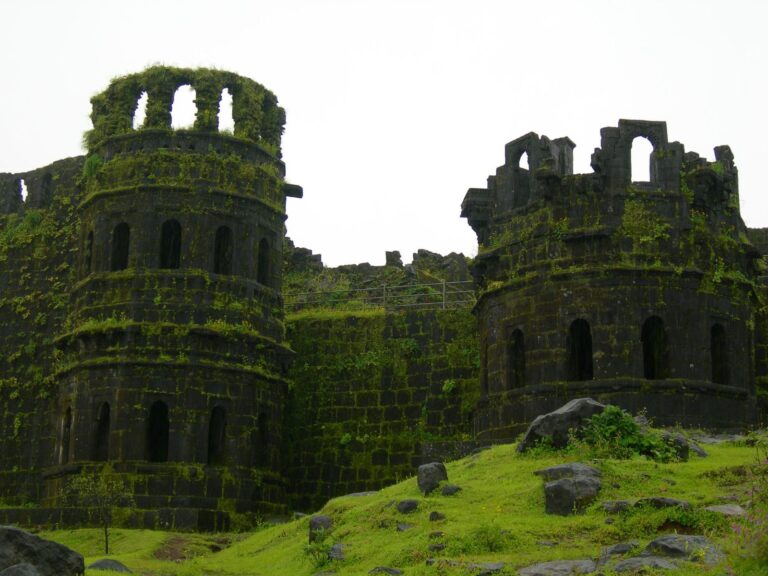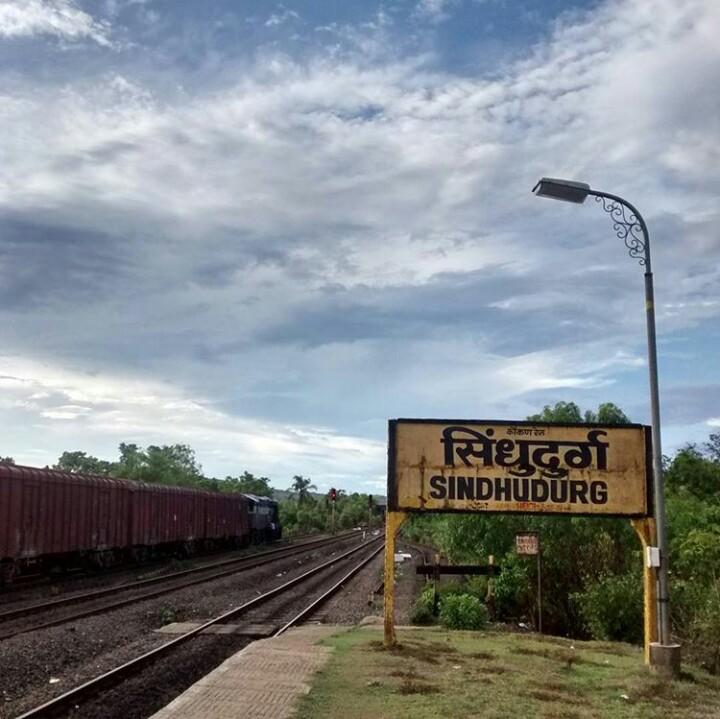Ratnagiri: the home of Alphonso Mango
Nestled along the sun-kissed shores of the Konkan coast lies Ratnagiri, a district steeped in history, culture, and natural splendor just above Sindhudurg. Although what truly sets Ratnagiri apart is its claim to fame as the home of the Alphonso mango, fondly known as the “King of Fruits.” This delectable fruit, renowned worldwide for its exquisite flavor and aroma, finds its perfect haven in the fertile soil and balmy climate of Ratnagiri. The district also has a Geographical Indication (GI) for the Alphonso or as it’s called in Marathi “Haapus” mango.
There are many theories about how the district got it’s name. Ratnagiri (which means Mountain of Jewels btw*).* One of them is that it is recognized by the name of the monk named “Ratangiri” whose tomb can be seen on the “Ratnadurg” fort that’s located near the beach. Another theory says that this name likely originated from the region’s historical identity as a hub of trade and commerce, where precious stones (Ratna) and other valuable commodities were traded along the ancient maritime routes.
History and Heritage
Ratnagiri district boasts a storied past that dates back centuries, with traces of its history woven into the fabric of its landscape and culture. From ancient trade routes that once crisscrossed its shores to the colonial influences that shaped its architecture and traditions, Ratnagiri has witnessed the ebb and flow of civilizations throughout the ages.
The district’s strategic coastal location made it a bustling hub of maritime trade, attracting merchants and travelers from far and wide. Today, remnants of its past can be found in the form of historic forts, temples, and monuments that dot the landscape, each bearing testament to Ratnagiri’s enduring legacy.
This district is also a birthplace of Lokamanya Bal gangadhar Tilak, and also a home to many historical personalities like Swatantryaveer Vinayak Damodar Savarkar, Bharatratn Maharshi Dhondo Keshav Karve, Bharatratn Pandurang Vaman Kane, and Bharatratn Dr. Babasaheb Ambedkar.
Geography and Landscape
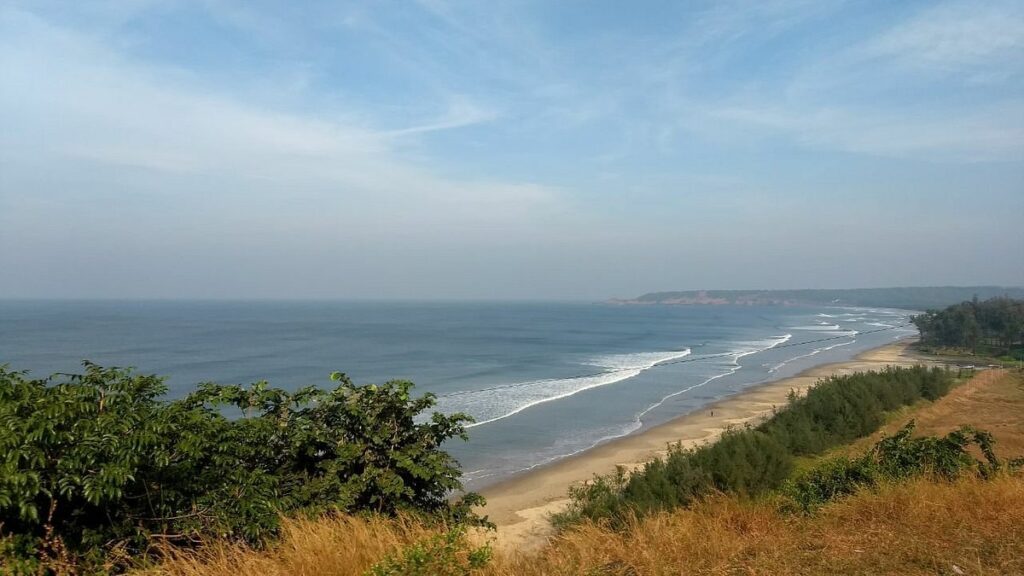
Picture-perfect beaches, rolling hills draped in lush greenery, and the azure expanse of the Arabian Sea—Ratnagiri’s geography is a canvas painted with nature’s finest hues.
Situated on the rugged Konkan coastline, the district boasts a diverse landscape that ranges from sandy shores to verdant valleys. The Sahyadri mountain range offers breathtaking views and ample opportunities for trekking and exploration.
Apart from beaches and mountains there’s also a lot of agricultural land that produces cereals like rice, finger millet, maize, pulses and fruits like cashew nut, coconut and most importantly the Alphonso (Hapus) Mango!!
Alphonso Mango Cultivation
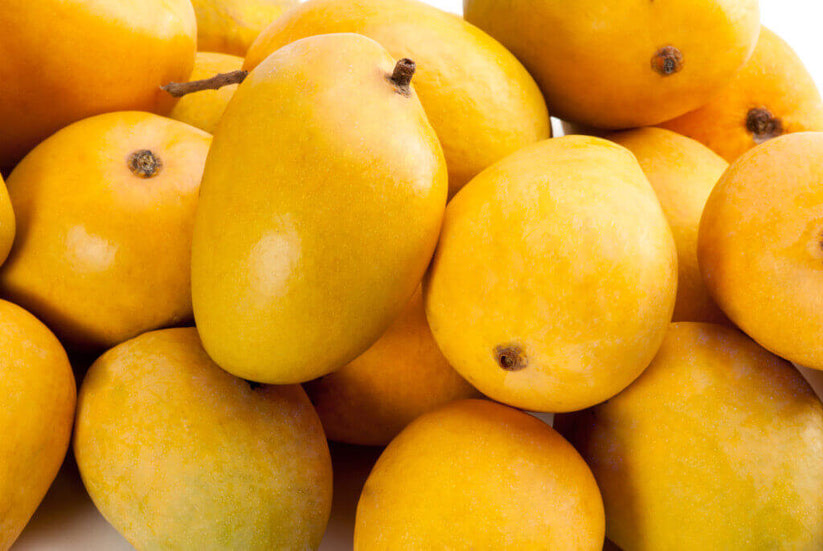
In the heartland of Ratnagiri, lies the secret behind the world’s most sought-after mango—the Alphonso. Known for its unparalleled sweetness, buttery texture, and intoxicating aroma, the Alphonso mango thrives in the region’s unique microclimate. With ample sunshine, well-drained soil, and the gentle sea breeze from the Arabian Sea, Ratnagiri provides the perfect conditions for mango cultivation. Farmers meticulously tend to their orchards, nurturing the delicate blooms into plump, golden fruits that fetch premium prices in markets around the globe. It is exported to many countries, including USA, UK, Canada, and the Middle East.
It must also be noted that Ratnagiri has Geographical Indication (GI) for Hapus or Alphonso Mangoes given by the Government of India that confirms its authenticity.
Famous cuisine
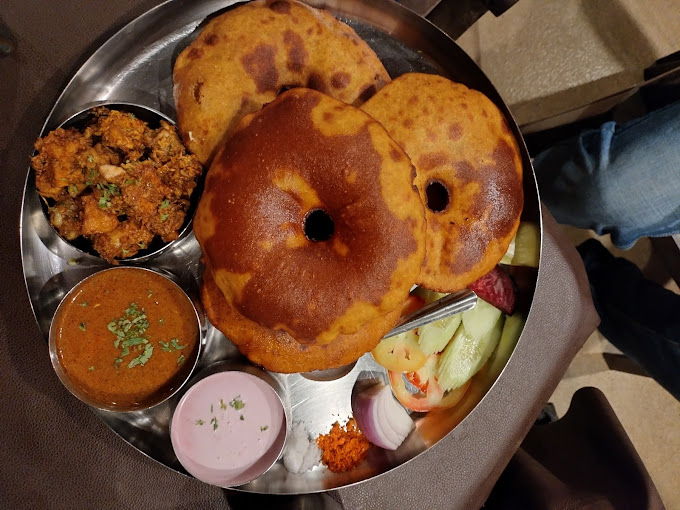
The district’s cuisine is a reflection of its coastal location, with an emphasis on fresh seafood, aromatic spices, and tropical fruits like the Alphonso mango.One of the culinary highlights of Ratnagiri is its delectable seafood offerings, with a variety of fish, prawns, crabs, and shellfish caught fresh from the Arabian Sea.
Some of the famous dishes are Kokani chicken, Kolaambi Bhaat, Vade, Phanasachi Bhaaji, Valacche Bhirde, Rice Bhakari etc.
Ratnagiri’s cuisine also celebrates the bounty of fresh produce available in the region. Aamras, a sweet mango puree served with puris (fried bread), is a seasonal delicacy that captures the essence of Ratnagiri’s Alphonso mangoes.
Tourism and Activities
While Ratnagiri is best known for its Alphonso mangoes, the district offers a wealth of attractions and activities beyond the orchards. Nature lovers can explore the pristine beaches of Ganpatipule, Aare-Ware, and Guhagar, where golden sands meet crystal-clear waters.
Ratnagiri is home to ancient temples, museums, and art galleries that provide glimpses into its rich cultural tapestry. Kashi Vishweshwar Temple, Shri Kshetra Ganapatipule, Lokmanya Tilak’s Birthplace, Hatis Darga, Thiba Palace are some of the most famous places not to miss.
History enthusiasts can visit forts like Ratnadurg, Bankot and Jaigad, which offer insights into the region’s maritime history and architectural heritage.
Travel Tips for Ratnagiri
- Plan your transportation in advance, whether by car, bus, or train.
- Book accommodations early, especially during peak tourist seasons.
- Pack lightweight, breathable clothing suitable for the tropical climate.
- Carry essential items such as sunscreen, insect repellent, and a refillable water bottle.
- Explore local markets and eateries to experience authentic Konkani cuisine.
- Respect local customs and traditions, especially when visiting religious sites or participating in cultural events.
How to reach Ratnagiri?
- Ratnagiri is accessible by road via National Highway 66.
- The distance from Mumbai is about 345 kms.
- The district has its railway station, connected to major cities like Mumbai, Pune, and Goa, making train travel convenient.
- The district is well-connected by state highways and local roads, making it easily reachable from neighbouring cities and towns.

